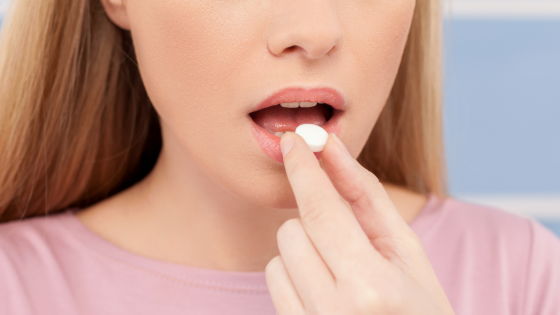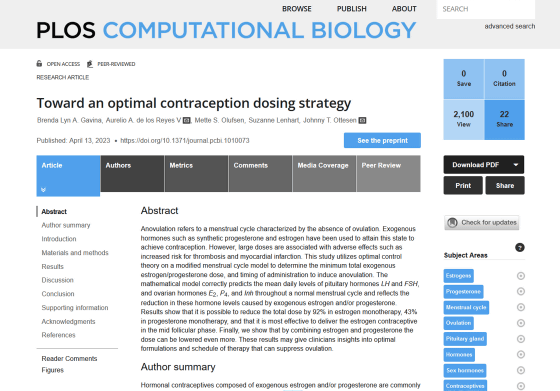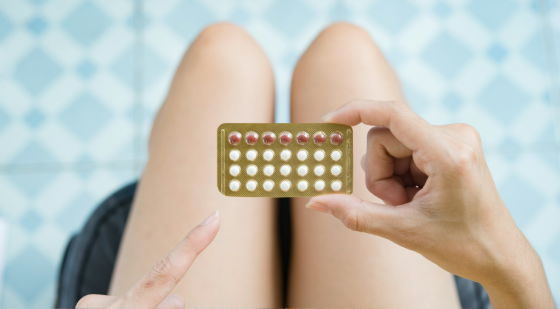Potential reduction of up to 90% or more in the amount of hormones contained in the drug by determining the optimal timing of taking the low-dose pill, expected to reduce side effects

Low-dose pills (oral contraceptives) not only suppress ovulation , but also reduce symptoms associated with menstruation. However, low-dose pills contain hormones that control ovulation, which can cause side effects such as headaches, high blood pressure, and blood clots. Research results have been reported that determining the appropriate timing of taking such a low-dose pill may reduce the amount of hormones contained in the pill by more than 90%.
Toward an optimal contraception dosing strategy | PLOS Computational Biology
https://doi.org/10.1371/journal.pcbi.1010073

Hormones in Contraceptive Pills Could Be Cut by More Than 90% And Still Be Effective : ScienceAlert
https://www.sciencealert.com/hormones-in-contraceptive-pills-could-be-cut-by-more-than-90-and-still-be-effective
Low-dose pills contain the female hormones estrogen and progesterone , which are naturally secreted by the ovaries. In addition, depending on the person, it can alleviate the symptoms of menstruation, which is accompanied by great pain, and can also be effective in improving irregular menstruation and improving rough skin.
Despite the many benefits of the low-dose pill, side effects include nausea , vomiting, headaches, and a serious side effect is the risk of thrombosis. Therefore, even those who need it may hesitate or stop taking it .

So, a research team led by Brenda Lyn A. Gavina, a mathematician at
The human endocrine system secretes hormones from the hypothalamus , pituitary gland , and ovaries to regulate various stages of the menstrual cycle. To better understand how these hormones interact, the research team recruited 23 healthy women aged 20 to 34 and collected information on hormone levels in the pituitary and ovaries. The subject reported a regular menstrual cycle of 25 to 35 days and showed evidence of ovulation in the most recent cycle.
Using this data, the research team built a mathematical model of a normal menstrual cycle. This model predicts daily hormone levels during the normal menstrual cycle and explores the effects of exogenously administered hormones.
The research team said, ``A number of modeling studies have been conducted on how the menstrual cycle is formed and changed. It's the first to use modeling and dose minimization.'

Studies have shown that low-dose pills may work effectively with much less estrogen and progesterone than those prescribed at the time of writing. It also suggests that taking it at specific times of the menstrual cycle may be more effective than taking it all the time.
'The results show that estrogen alone can reduce total dose by 92% and progesterone alone by 43%, with estrogen delivery in the middle of
The results of this study do not take into account the fluctuations in the menstrual cycle of individual people, and are merely modeling exercises. However, modeling the menstrual cycle to determine appropriate dosing timing may reduce the side effects of low-dose pills. The research team said, ``Since the risk of side effects is low at low doses, the results of this study may provide low-dose pills to more women.''

Related Posts:
in Science, Posted by log1h_ik







